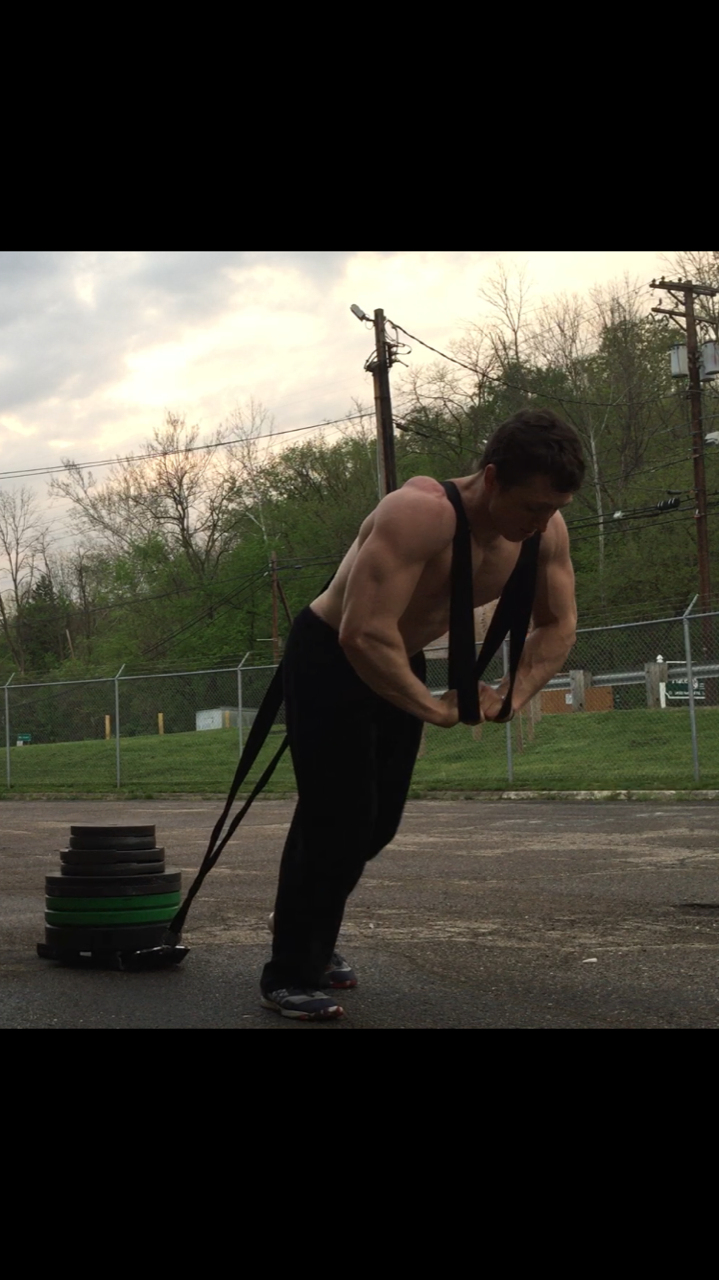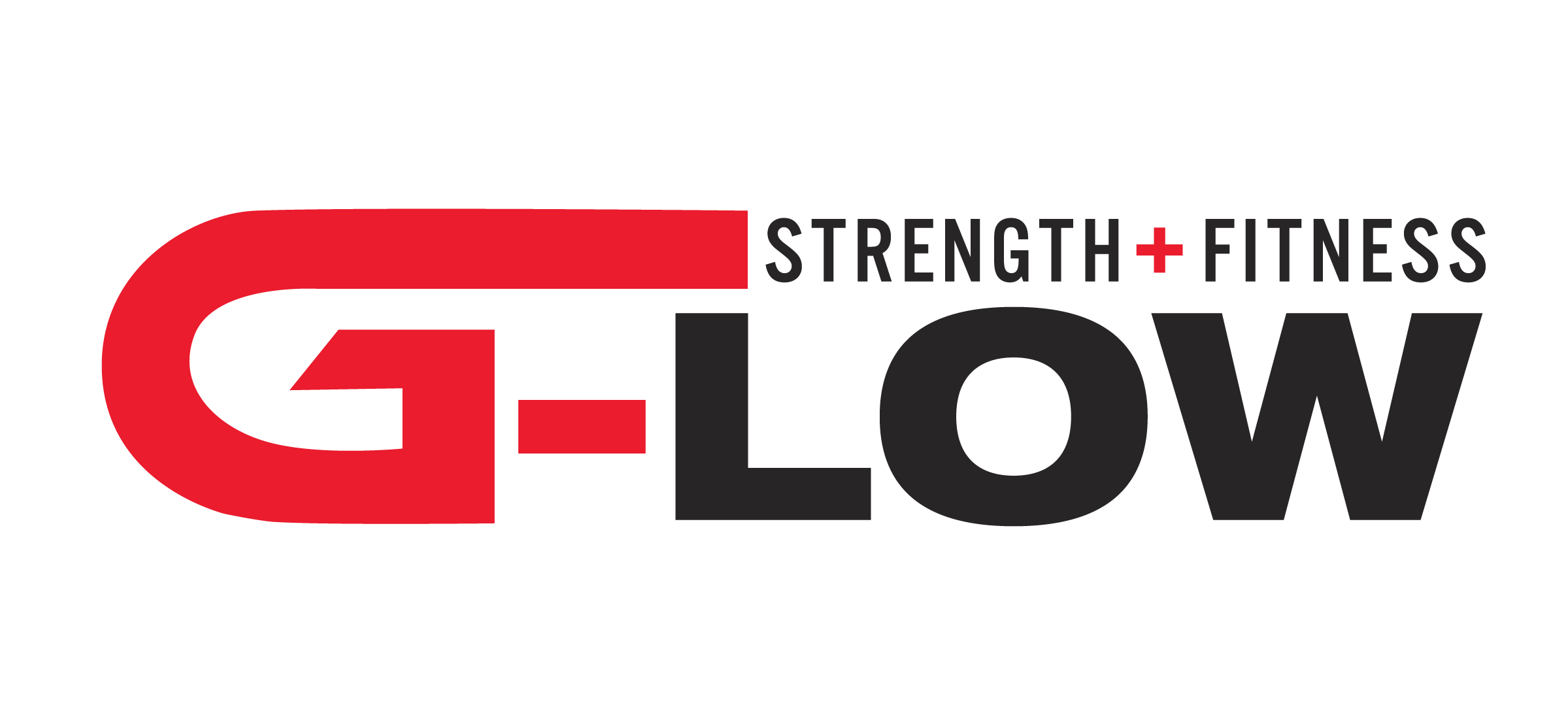Athletes tend to get wrapped up in a type of training known as sport-specific training. This type of training is mainly focused on the sport in which an athlete competes, and the skill work involved in it. When training isn’t the related to the sport it is general physical preparedness (GPP). General physical preparedness (GPP) is the level of fitness an athlete has on the broadest scale. GPP is also known as a level of fitness that correlates with absolute strength. What many athletes fail to recognize is that general strength or overall strength training can improve your specific training. By training GPP, any weaknesses you may have in your sport specific training can be addressed and mitigated. Incorporating the method of training over time can improve an individual’s overall work capacity and functional movement and make them a well-rounded athlete.
Training GPP
There are many methods to train GPP; the most common method is calisthenics. Doing bodyweight exercises such as planks, pushups, pull-ups and bodyweight squats are all great ways to improve an athlete’s overall fitness. Another common method is programming high rep exercises with light to moderate weight. Examples include dumbbell rows, dumbbell floor presses, kettlebell swings, snatches, etc. Sleds are also incredible tools that can be incorporated into training. With a sled drag or a prowler sled, you can be sure to target those lagging muscle groups, particularly the posterior chain. Doing forward and backward drags with the sled targets all the major muscles in the legs. Some more great movements to include are hip hinge patterns, closed chain pushes/pulls, anti-rotational movements and any type of farmers carry. These can be implemented in circuits, for time, or even for max distance. Programs can me modified and individualized for a particular athlete or a particular sport.
Utilization of GPP Training Methods
General physical preparedness training can be used to build strength, create blood flow, or as restorative work for the tissues. It can also be useful for any athlete coming off an injury, deload, or other period of reduced activity; it’s a good way to reintroduce the body into more volume and heavier weight. Most importantly, this training modality can really help to identify and correct imbalances. While these imbalances may be slight, they can make a significant impact on an athlete’s performance. Having a solid foundation in anatomy, physiology, and biomechanics is important with respect to this aspect. Lastly, don’t be afraid to step out of the box. Do your research and always assess, never guess.
